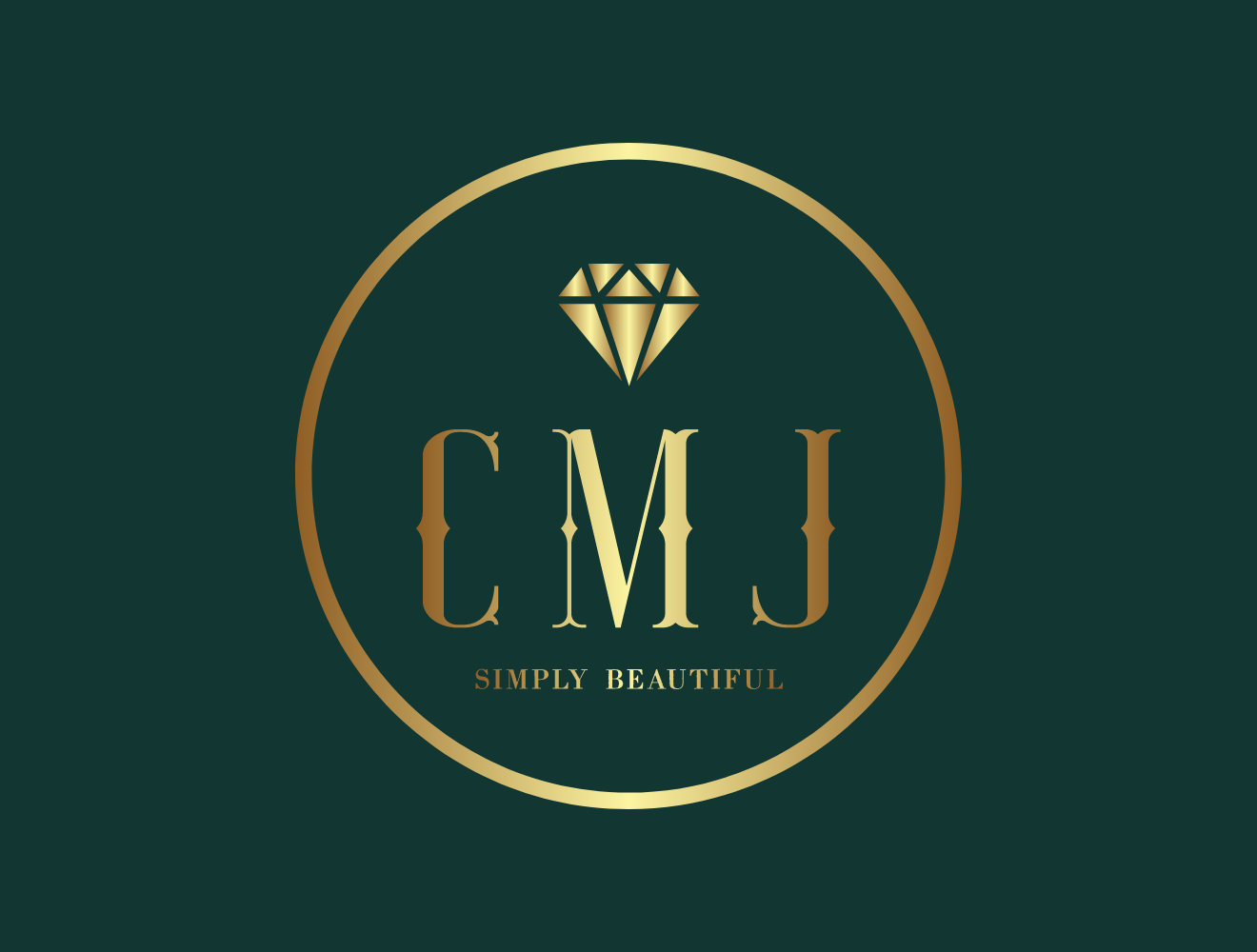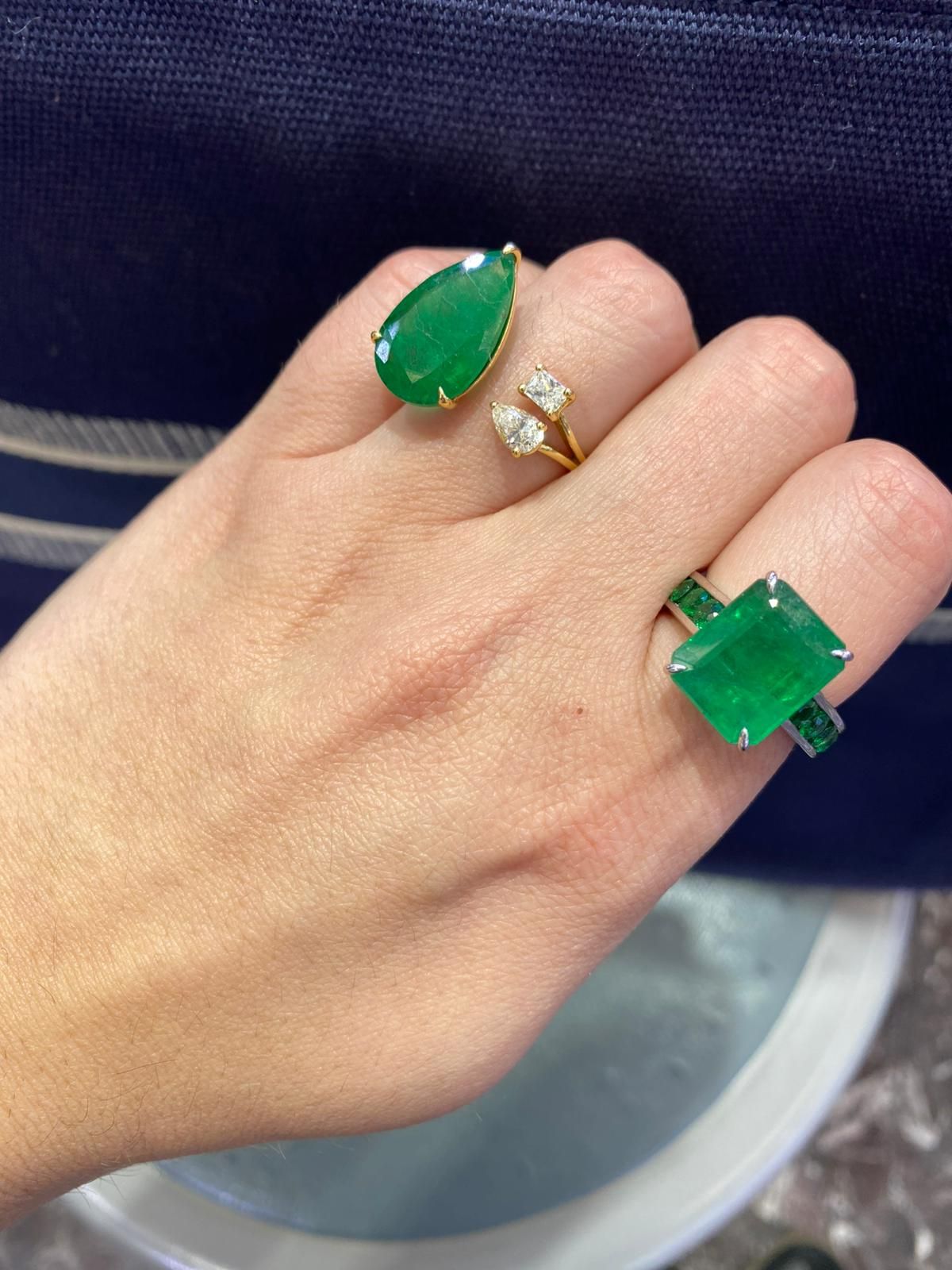What Makes a Gem Precious?
Gemstones have fascinated humanity for centuries, captivating us with their brilliance, rarity, and beauty. But what makes a gemstone precious? Is it simply a matter of appearance, or is there more to it? Understanding the science of gemology reveals that a gem’s value is determined by a combination of factors, including rarity, quality, and gemstone properties. In this article, we’ll explore how gemstones are valued, their formation, and the key factors that determine their worth.
The Science Behind Gemstones: How They Are Formed
To understand what determines a gem’s worth, we must first look at how gemstones are formed. Over millions of years, minerals crystallize under intense heat and pressure within the Earth's crust. Some gemstones, such as diamonds, are created deep underground, while others, like opals, form in sedimentary rock through water interactions. The natural process of gemstone formation plays a significant role in their rarity and value.
Precious vs. Semi-Precious Gemstones: What’s the Difference?
One of the most common questions in gemology is the distinction between precious vs. semi-precious gemstones. Traditionally, diamonds, rubies, sapphires, and emeralds have been classified as precious gemstones, due to their exceptional beauty, durability, and rarity. Other gems, such as amethyst, garnet, and topaz, are considered semi-precious gemstones but can still be highly valuable based on their quality and rarity.
Gemstone Grading Factors
Professional gemologists use standardized grading systems to assess gemstone quality. Key gemstone grading factors include:
Color – The intensity, hue, and saturation of a gemstone’s color significantly impact its value.
Clarity – The presence of inclusions (internal flaws) affects a gem’s transparency and price.
Cut – The way a gemstone is cut influences how it reflects light and sparkles.
Carat Weight – Larger gemstones are rarer and generally more expensive.
How Gemstones Are ValuedWhat Affects Gemstone Value?
Several factors contribute to the value of a gemstone, including:
Rarity – Some of the rarest gemstones in the world, like alexandrite and red diamonds, command astronomical prices.
Durability – Measured using the Mohs scale, which ranks gem hardness and durability from 1 (talc) to 10 (diamond).
Optical Properties – Features like refractive index and pleochroism influence brilliance and color changes.
Why Are Some Gems More Expensive Than Others?
Certain gemstones, like high-quality sapphires and rubies, fetch higher prices due to their deep color, strong durability, and demand in the jewelry market. On the other hand, some gems are abundant and less costly.
How to Identify a Real Gemstone
With advancements in technology, synthetic and treated gemstones are more common than ever. Knowing how to identify a real gemstone is crucial. Here are some methods:
Certified Gemstones – Always look for a gemological certification from institutions like GIA or AGS.
How to Test Gemstones – Professional tools, such as a jeweler’s loupe and refractometer, can help differentiate between natural vs. synthetic gemstones.
How to Tell if a Gemstone Is Real or Fake – Simple at-home tests, like checking for double refraction or hardness, can give clues about authenticity.
The Impact of Light on Gemstone Brilliance
How does light affect a gemstone’s brilliance? The way a gem interacts with light defines its sparkle and fire. Some gems exhibit pleochroism, meaning they display different colors from different angles. Understanding these optical effects enhances the appreciation of a gemstone’s beauty.
Conclusion: What Truly Makes a Gem Precious?
Ultimately, a gemstone’s value is determined by a mix of scientific, aesthetic, and market factors. Whether you’re investing in custom jewelry, looking for an engagement ring, or simply fascinated by the world of gemstones, knowing the science of gemology and how gemologists determine a gemstone’s value will help you make informed decisions.
Looking to purchase a certified gemstone? Explore our collection at CMJ & Diamonds and discover timeless pieces crafted with precision and passion!

